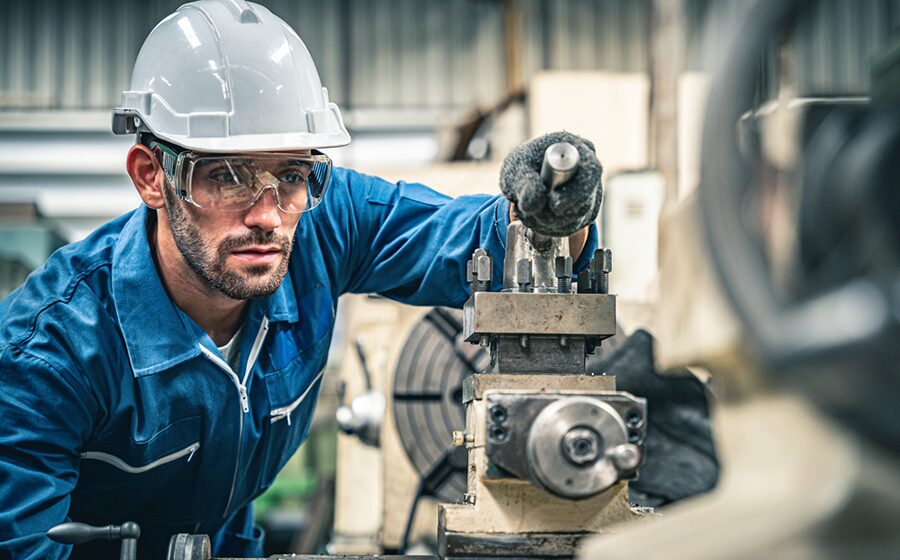What if I told you that by increasing your profits by 50%, 100%, or even 200%, you could double your money? What if I told you there was a way to make every sale you made more valuable? Would you trust me if I told you? You can, with the help of price ladders. You can boost your profits if you set out price ladders.
What Are Price Ladders?
Retail businesses that are aware of their market position need to have prices that give their target audience a choice of products that fit their mission while staying within their budget.
The good-better-best pricing method, sometimes known as \’tiered pricing,\’ provides buyers with three options for a product at steadily increasing prices: the \’good\’ option, the \’better\’ option, and the \’best\’ option. There is good-better-best pricing if you go to a restaurant or a movie theater and they have small, medium, and large options. When booking a flight, you have the option of choosing between the coach, premium economy, or business class. When you fill up your automobile with gas, ordinary, plus, and premium options symbolize \’good,\’ \’better,\’ and \’best.\’
Why Do You Need Price Ladders in Your Business?
If your business normally achieves a gross margin of 60%, customers will naturally spend more as they progress up the price ladder, improving average transaction value and cash flow margin.
How Do Major Retailers Effectively Use Price Ladder?
You\’ll see it across a wide variety of retailers now that you\’re aware of it. IKEA is an excellent example. If you\’ve ever visited an IKEA shop, you\’re probably well acquainted with their marketplace, which is where the merchandised items are displayed as soon as the room is set.
Using dinnerware as an example, you would initially notice the basic bowls if you went to the dining room set. These are excellent and provide an excellent bargain. They have a function, and if you\’re looking for the lowest choice, you can\’t go wrong with them. However, placed right beside the basic plates are more premium bowls. A greater price, but the finish, quality, size, and other features appear to be improved.
Of course, as you move along the line, the next thing is even better, with a higher price as well. Very soon, you\’ve spent more than you could have on the product’s lower entry price. Does that not sound like something we all have done before?
How to Apply a Price Ladder in Your Business Model?
To use price ladders, keep the following points in mind:
- Merchandise the product with the lower-cost products on the left and the higher-cost items on the right.
- Fix the prices such that the rungs ladder steps (rungs) are reasonably evenly spaced – attempt to maintain a consistent percent gross margin across all of your items.
- Ensure the POS/product packaging communicates the increased value-adding properties to the target customer.
- What is the pricing range that my ideal consumer would expect to pay for this type of item (minimum to maximum)?
- If you are still unsure about how to go about using a price ladder and do not wish to lose customers due to trial-and-error, a professional can be useful in assisting with your retail merchandising needs.



